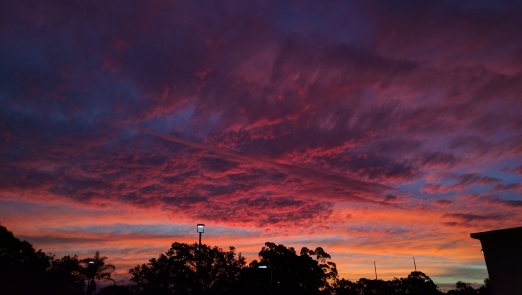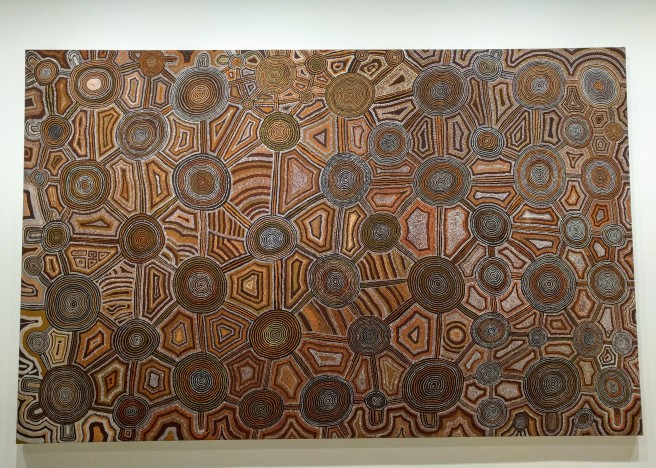What insights has your study of Australian Literature and Art given you into the importance of creativity as part of human experience?
Australian Literature and art has never been my area of focus overall. When I started this unit, I wasn’t sure if I wanted to learn more about Australian Literature. The way I saw it was that it was an Australian perspective on how literature was. How ignorant! I hadn’t realised that there was a whole scene of Australian literature that I was not aware of.
As Les Murray’s poem “The Cool Green” expresses, “How did money capture life; away from poetry, ideology, religion? “. We/ I am so blinded by the glitter and gold that the only thing I see is stars. I didn’t notice the beautiful night sky that was a home to these stars. All I could focus on was the brightest sky. Michael has been the grey clouds (not because of his hair) that brings the rain and thunderstorm, which made me realise that there is so much more to the sky than just a handful of bright stars.
I couldn’t name a single Australian artist before I started this unit. Now I can name more than 15! And what baffles me more is that I can relate to more of them than what I could imagine. As I’ve progressed through the blogs for this unit, I’ve titled them mostly with single words or short phrases, and it is truly a reflection on how this unit has helped me correct some of my ignorance.
My first blog is titled The Crude Reality, it is my first look into reality and how unaware of it I was. It was a self reflection on how the English language has allured me into studying it and embracing it more than my mother tongue. I can still feel the adrenaline on the tip of my fingertips as I typed that blog out, while I read the post. I believe that it is one of my best critical. My second blog is titled Treaty?, it refers to the song by Yothu Yindi and also to the unjust Australia Day that celebrates Australia but mocks the aboriginal community.
My third blog is titled Predictability and it reflects the me coming face to face with how predictable our life has become and how much it bothers us when we can’t have things our way; this is followed by Assertion which boosted my acceptance of this unit, reflected by the Untitled (Jupiter Well to Tjukula) painting by Uta Uta Tjukula. This progresses through with my other blogs and ends with Purpose and Reflection.
I believe that this unit has given me a purpose to follow what I believe in although it may not seem like the best alternative in the present scenario. It made me reflect on how vain my life has been and how governed by success and ignorance it has been. This unit has given me strong female role models like Mary Gilmore and Judith Wright, who have always fought for what they believed in. And other role models like Kim Scott, who was not ashamed for who he is and who fought for his own people.
This unit has been a rollercoaster ride. I started out nervous, after a few seconds in – thought it might’ve been a bad idea but fell in love with that adrenaline rush and would go back for more.
Thank you, Michael. You made this unit even better than it already was.
Prarthana


